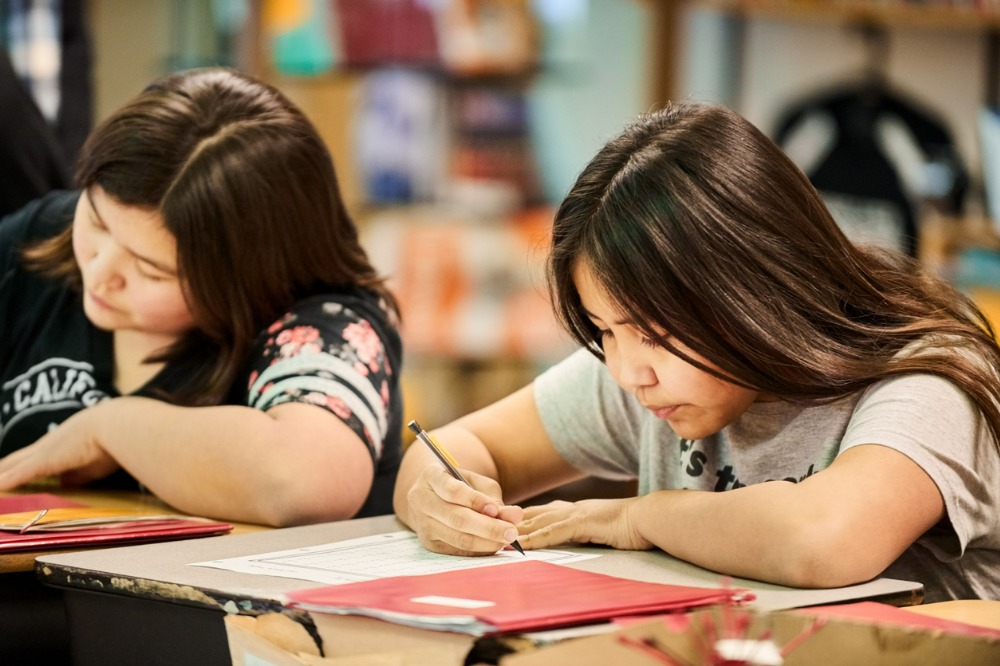
Despite commitments from successive governments to close the gap, there’s little evidence Australia’s Indigenous students are catching up to their non-Indigenous peers.
According to the Federal Government’s Closing the Gap report, between 17-19% of Indigenous students score below the national minimum standards in numeracy, and the disruptions to learning caused by the COVID-19 pandemic have made it more difficult for these students to get ahead.
However, a report released in March by the Centre for Independent Studies (CIS) suggests that despite complex and persistent Indigenous educational disadvantage, there are also small pockets of success that are replicable.
The research synthesised studies and observations about which practices are — and are not — working in some of Australia’s most challenging school conditions and found that the most effective approaches include commitment to direct and explicit instruction; a focus on early literacy; high expectations; a focus on attendance; integrated pre-schooling programmes; and community engagement.
Other studies have shown that when it comes to improving learning engagement and outcomes of Indigenous students, the solutions don’t necessarily reside inside the classroom.
A study, led by Dr Dorothea Dumuid of the University of South Australia, found that participation in organised sport is associated with higher academic performance in numeracy among Australian Aboriginal and Torres Strait Islander school-aged children.
This week, the CIS released a new research report – titled: ‘Mind the Gap: Understanding the Indigenous education gap and how to close it’ – which brings together original research based on student-record NAPLAN data, as well as a range of other Australian and international data.
The study includes new evidence on how much different factors contribute to the achievement gap and what the analysis shows will close the gap and provides recommendations on how policymakers can better advance efforts to redress Indigenous educational disadvantage.
“Educators know this already, but it’s clear our emphasis must genuinely shift to what we can do in schools, rather than being buried under the weight of what’s beyond our control,” lead researcher, Glenn Fahey, told The Educator.
“There will always be complex out-of-school factors impairing some of our students. But that’s all part of the context piece we must accommodate for all our students. Sadly, we can be quicker in writing off some Indigenous students because the challenges can be more complex”.
Fahey said the scale and persistence of the achievement gap is yet more proof why it is important to act early in arresting poor literacy and numeracy foundations.
“Kicking the can down the road is all but a guarantee students will never make the progress needed,” he said.
“Attendance alone is the single greatest driver of the achievement gap. While it can be a hard and thankless task for attendance officers and other staff, every student steered back on track is a small contribution in reducing the achievement gap”.
To help Indigenous students succeed, Fahey highlighted the importance of “ideology-free, instructionally-appropriate, and evidence-informed approaches in every class, every day”.
“Busting the educationally harmful myths concerning our Indigenous students is a must. To be frank, what’s failing our students is a lack of pedagogical competency more so than a lack of cultural competency,” he said.
“Don’t get me wrong, we can walk and chew gum at the same time. But unfortunately, some practices that are legitimated on the basis of cultural competency don’t match with evidence says are instructionally beneficial”.


